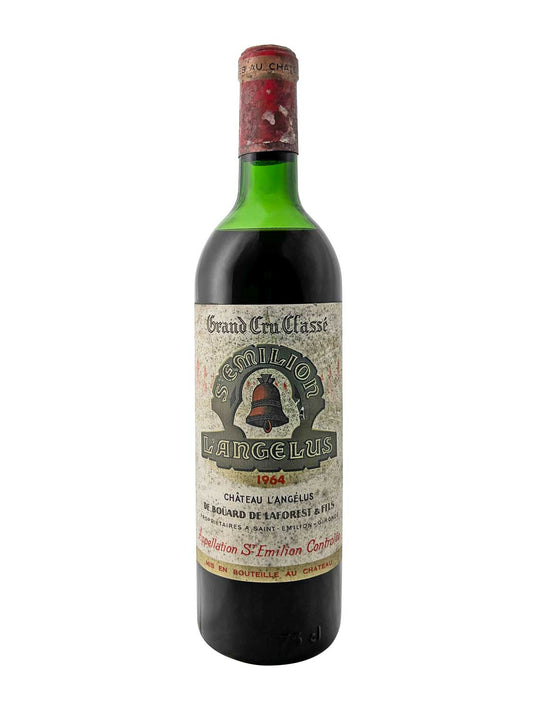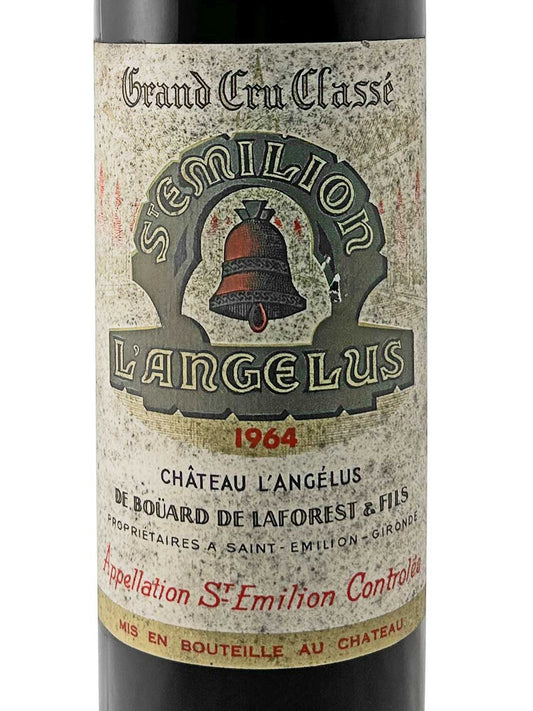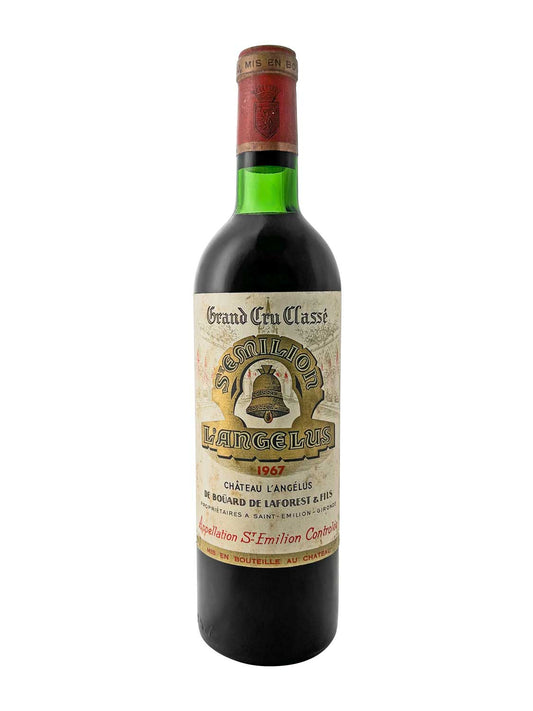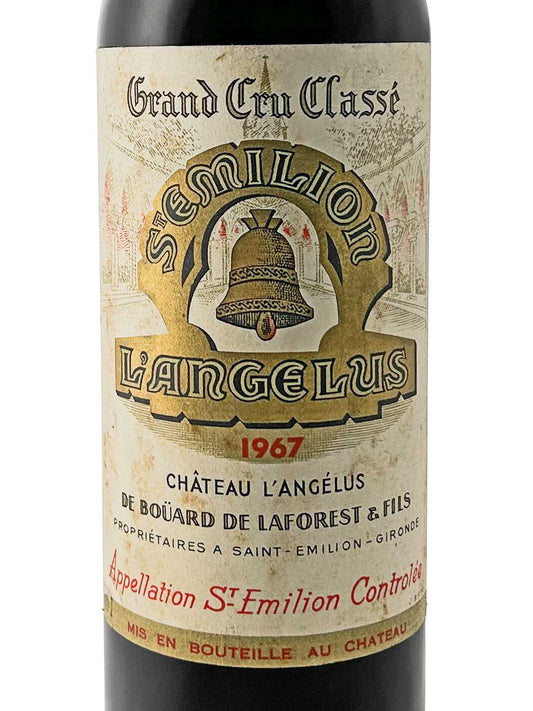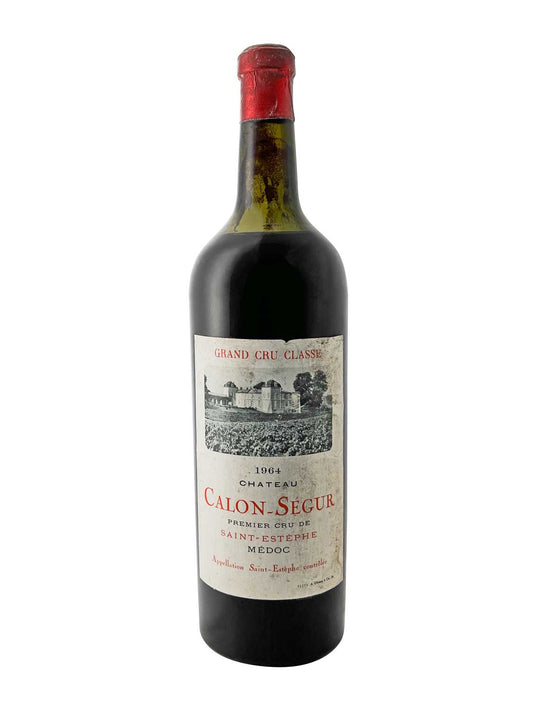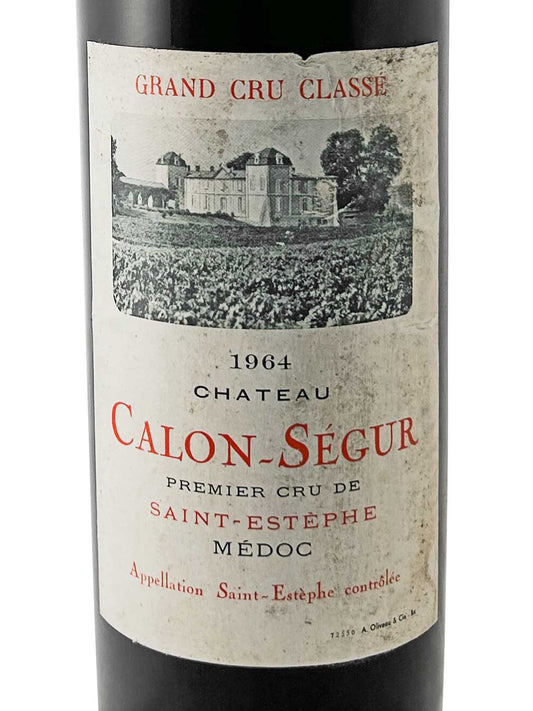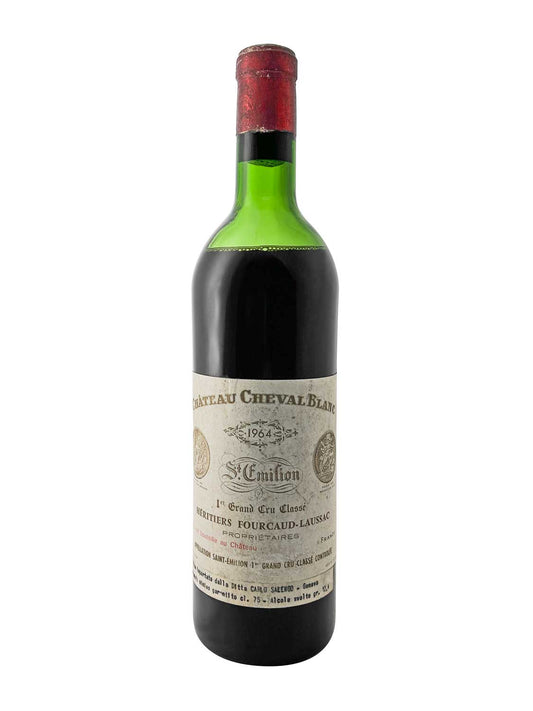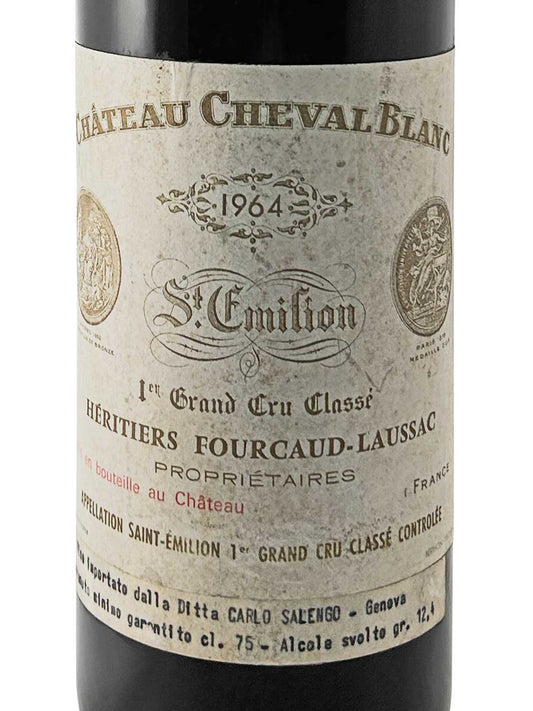
What does the term terroir mean in wine?
The role and importance of terroir in viticulture
One of the key components that determine the quality and character of a wine is the so-called "terroir." This French word describes the unique conditions under which grapes grow and encompasses a multitude of factors that influence the taste and aroma of the wine. In this blog post, we will thoroughly explain the term terroir in wine, analyze its various components, and explore why terroir is of crucial importance to wine collectors and winemakers.
What does terroir actually mean in wine?
The term "terroir" comes from French and literally means "land" or "soil." In viticulture, terroir refers to the totality of environmental conditions that influence the cultivation of vines. These include:
Soil type: The type of soil (e.g. clay, sand, limestone) has a significant influence on the root growth of the vines and thus on nutrient uptake.
Climate: Temperature, rainfall, and sunlight are crucial for the ripening process of the grapes. Different climates lead to different flavor profiles.
Topography: The location of the vineyards – whether they are on slopes or in valleys – influences drainage, sunlight and wind protection.
Microclimate: Small-scale climatic differences within a region can also have a major impact on the wine.
Read also: Terroir – The Soul of Bordeaux Wine
Traditional practices: The methods winemakers use to grow and process their grapes are often deeply rooted in a region's culture and contribute to the uniqueness of the wine.
These factors combine to create a unique environment for each wine region. The result is a wine that reflects not only the flavor of the grape but also the soil from which it comes.
The components of the terroir
1. Floor
Soil is one of the most fundamental components of terroir. Different soil types have different physical properties that can influence vine growth:
Clay: Retains water well and provides many nutrients; ideal for full-bodied red wines.
Sand: Has good drainage; often produces lighter wines with fruity aromas.

Limestone: Promotes good drainage and can bring out mineral notes in wine; commonly found in regions such as Burgundy.
Slate: Retains heat well; known for its use in regions such as the Mosel.
The chemical composition of the soil can also influence the pH value, which in turn affects the taste of the wine.
2. Climate
The climate of a region plays a crucial role in determining the flavor profile of a wine. There are different climate zones:
Cool climate: Often results in wines with higher acidity and lower alcohol levels (e.g. Riesling from Germany).
Temperate climate: Offers a balance between fruitiness and acidity (e.g. Pinot Noir from Burgundy).
Warm climate: Often produces full-bodied wines with higher alcohol levels (e.g. Zinfandel from California).
Also read: Does the alcohol content of wine increase over time?
In addition, microclimates can arise within a region – for example due to differences in altitude or nearby bodies of water – which can produce specific aroma profiles.
3. Topography
Topography refers to the physical shape of the land and can have a significant impact on the terroir:
Hillside vineyards: Often offer better drainage and more sunlight; many famous wine regions are located on hillsides.
Valleys: May be colder than surrounding hills; this may lead to a different ripening pattern.
The orientation of a vineyard (e.g. south or north) can also have a major impact on the amount of sunlight the grapes receive.
4. Traditional practices
The cultural practices of an area also play an important role in the terroir:
Choice of grape variety: Certain varieties are better adapted to certain soils or climatic conditions.
Cultivation methods: Whether the wine is grown organically or conventionally influences the taste of the wine.
Traditions can also affect techniques such as pruning vines or harvest time – all of which contribute to the uniqueness of a wine.
The influence of terroir on taste
The interplay of these factors results in a unique flavor profile for each wine. For example, a Cabernet Sauvignon from Napa Valley might taste completely different from the same grape type from Bordeaux—despite similar cultivation techniques.
A good example of this is the comparison between two famous wine regions:
Bordeaux vs. Napa Valley

In Bordeaux, the soils are often clayey-calcareous, with a temperate maritime climate. This results in elegant red wines with complex aromas of red fruits, earth, and spices.
In contrast, Napa Valley has a warmer climate with diverse soil types, including volcanic soil in some areas. This results in full-bodied red wines with intense fruit flavors and higher alcohol levels.
Terroir as a marketing tool
In recent years, the concept of terroir has also established itself as an important marketing tool. Many winemakers use it to differentiate their products:
Protection of origin: Similar to cheese or olive oil, there are protected designations of origin (AOC) that are intended to ensure that certain quality standards are met.
Also read: What does appellation mean in wine?
Telling stories: Winemakers tell stories about their terroir – from the soil to tradition – to create an emotional connection with the consumer.
Emphasize sustainability: Many consumers value sustainable practices; therefore, winemakers often emphasize their environmentally friendly farming methods in relation to their specific terroir.
Challenges in understanding terroir
Despite its importance, there are some challenges in understanding terroir:
Subjectivity: The taste of wine is subjective; what is pleasant to one person may be less appealing to another.
Variability: Each year brings different weather conditions; even within the same terroir, there can be significant differences.
Technological influences: Modern technologies in viticulture can mask or alter traditional aspects of the terroir (e.g. through artificial irrigation).

Conclusion
The term terroir is a complex topic that goes hand in hand with the specific grape varieties and individual winemaking techniques. It combines nature, culture, and craftsmanship in a way that gives each wine its own unique story.
For winemakers, it means not only responsibility towards the land, but also towards wine collectors – because every bottle of wine should be a witness to where it comes from.
For wine collectors, the concept of terroir opens up a world of discovery; every visit to a new wine-growing region becomes a journey through different flavors and traditions.
Ultimately, terroir doesn't just tell us something about the wine itself—it also tells us a lot about the people behind the product and their relationship with the land! So the next time you purchase a bottle of wine, remember: It's not just any wine; it's a piece of land in liquid form!

